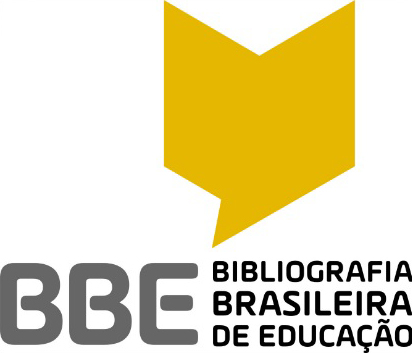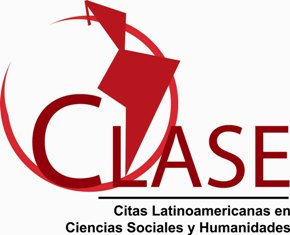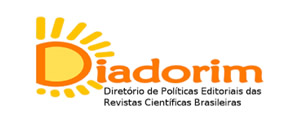Os entrelaçamentos entre os movimentos de pesquisa e de criação: algumas reflexões
DOI:
https://doi.org/10.22169/revint.v16i39.2217Abstract
This article presents partial results of the research-creation developed by a group of universities and partner schools to discuss the possibilities of using immersion technology (360-degree video) in the development of educational and artistic projects. It has as a starting point the appreciation of the point of view of adolescents aged between 14 and 19, from different origins, enrolled in public schools in the outskirts of the state of Rio de Janeiro and the province of Quebec in Canada, to present their perspectives on their territories through the use of immersion technology. In this article, we present the various modalities of research-creation around a 360-degree video development project, which establishes a dialogue between different territories. We identified the different educational territories permeated by subjects in their cultural, political, economic, and social diversities, under the aegis of technologies and social inequalities. The purpose is to present some of the challenges of this collective production and the spaces for meetings created from new technologies, in a path that required revisiting the memory of a territory — when it was limited by sanitary measures in the context of the COVID19 pandemic — and the unveiling of other territories, more intimate and unique, re-signifying the circulation spaces from the re(construction) of stories, values and ways of perceiving the world.
Downloads
Downloads
Published
How to Cite
Issue
Section
License
Os direitos autorais dos artigos publicados na Revista são de acordo com a licença CC-BY-ND - Creative Commons ( https://creativecommons.org/licenses/by-nd/4.0/legalcode)
Esta licença permite que outras pessoas reutilizem o trabalho para qualquer finalidade, inclusive comercialmente; no entanto, não pode ser compartilhado com outras pessoas de forma adaptada e o crédito deve ser fornecido ao autor.
Os direitos autorais dos artigos publicados na Revista são do autor, com os direitos de primeira publicação para a Revista





























